I led an antisemitism training for workers in a labor dispute with their Hasidic bosses. Here’s what I learned
I often hear the complaint that 'no one is talking about antisemitism' in organizing spaces, and that is simply untrue
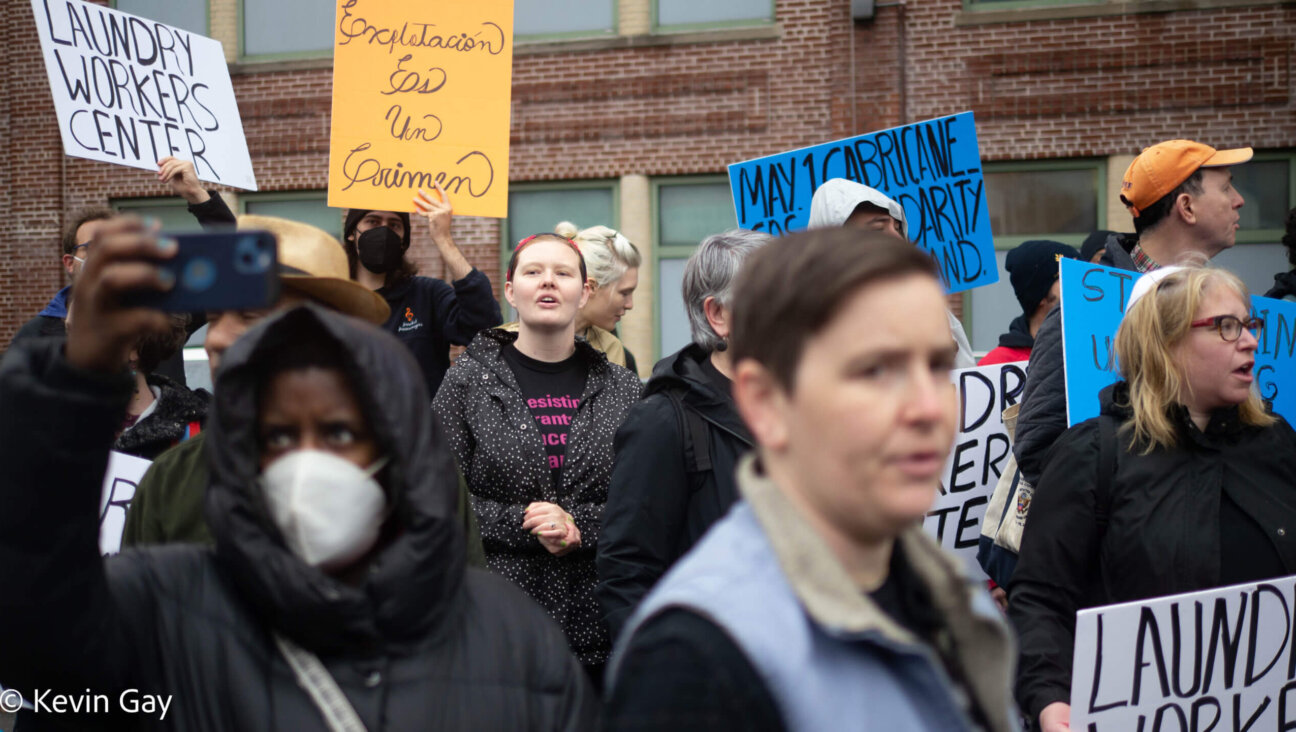
I often hear the complaint that 'no one is talking about antisemitism' in organizing spaces, and that is simply untrue
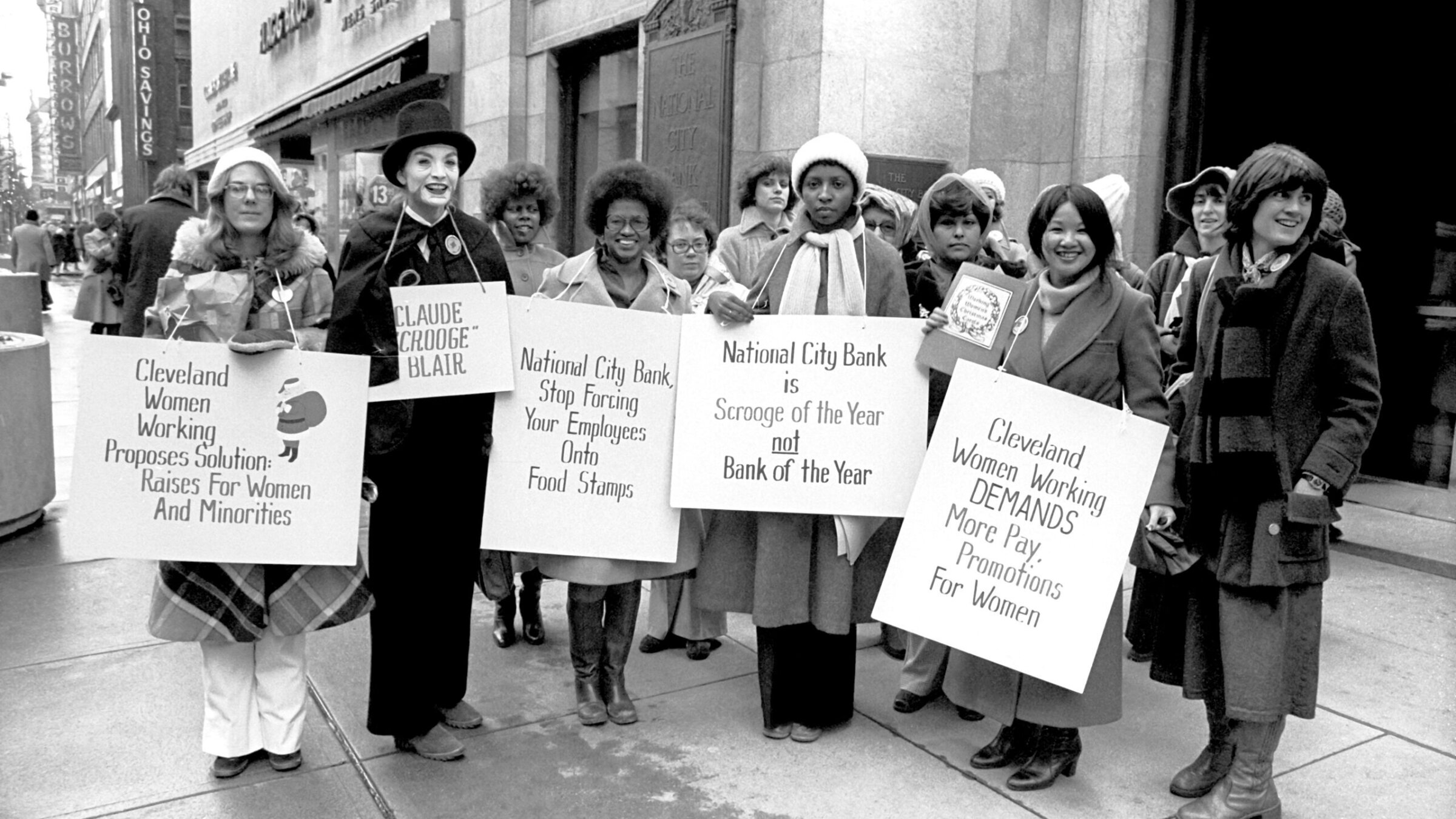
Before working women's activism was a movement, Yiddish-speaking women led the charge for worker's rights

On a recent late-winter afternoon, the workers’ center on the second floor of a nondescript office building in New York City’s Chinatown was full and busy. Everyone had just eaten lunch; warm soup was welcome after picketing in the cold outside an offending restaurant, Saigon Grill on Manhattan’s Upper West Side. In the rear of…
Along the broad boulevards and dignified streets of the largely liberal, Jewish Upper West Side, sweatshops don’t seem to be sprouting. From Riverside Park to Lincoln Center, from Harry’s Shoes to Zabar’s, the neighborhood appears to be a civilized place where the days of residents, working folk and visitors unspool in familiar, reassuring rhythms. To…

Labor leader Stuart Appelbaum believes the battle in Wisconsin over union rights will galvanize support for organized labor — much the way the horror of the Triangle Shirtwaist fire did 100 years ago. “Sometimes it takes a tragedy like Triangle to energize the community,” said Appelbaum, national president of the Jewish Labor Committee and head…

Abraham Joshua Heschel, one of the most pre-eminent rabbis and theologians of the 20th century, was a Jewish leader who insisted that our faith be linked to the struggle for social justice in America. He lived this conviction by actively supporting causes such as the Civil Rights Movement and serving as an adviser to the…

By the time the union was done with J.P. Stevens and Co., the boycott of the giant textile manufacturer had so penetrated the culture that the wives of Stevens executives, heading off to cocktail parties, would warn their husbands not to tell anyone where they worked. It’s an anecdote that Bruce Raynor, the latest —…
For a list of events commemorating the Triangle Shirtwaist Factory Fire, click here. A century later, how do we remember the Triangle Shirtwaist Factory Fire? Should the story be told largely through the heartbreaking testimony of descendants of the many victims, 146 in all, who burned or jumped to their deaths to escape a senseless…
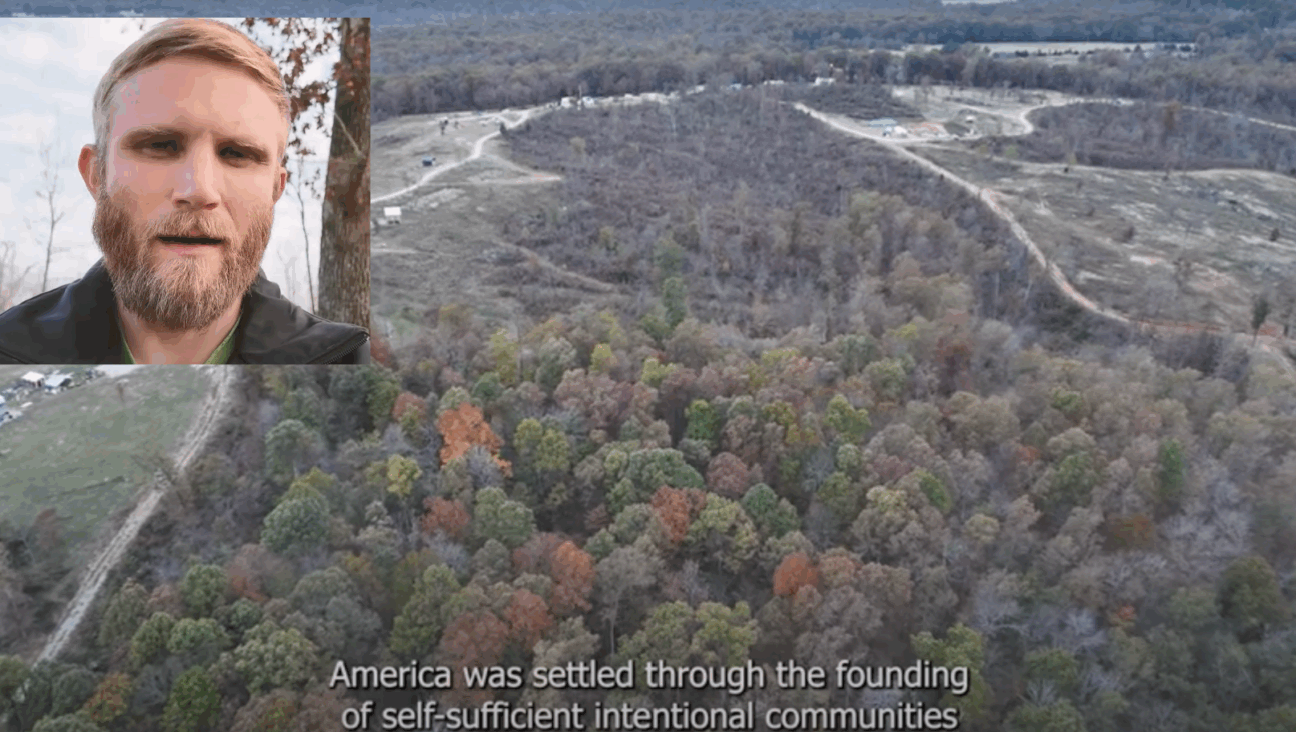
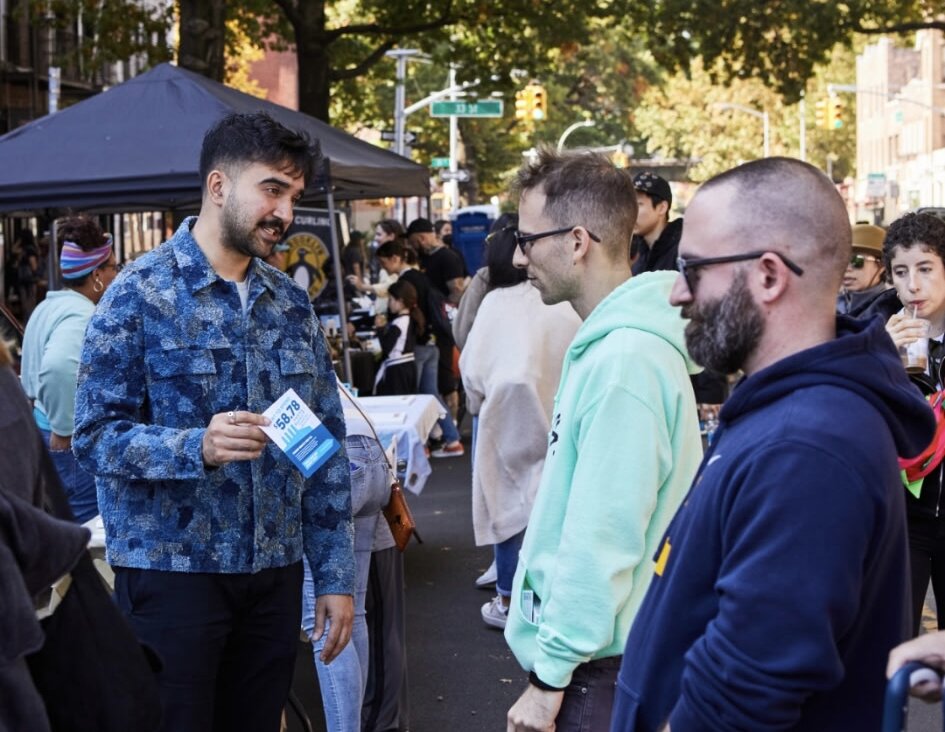

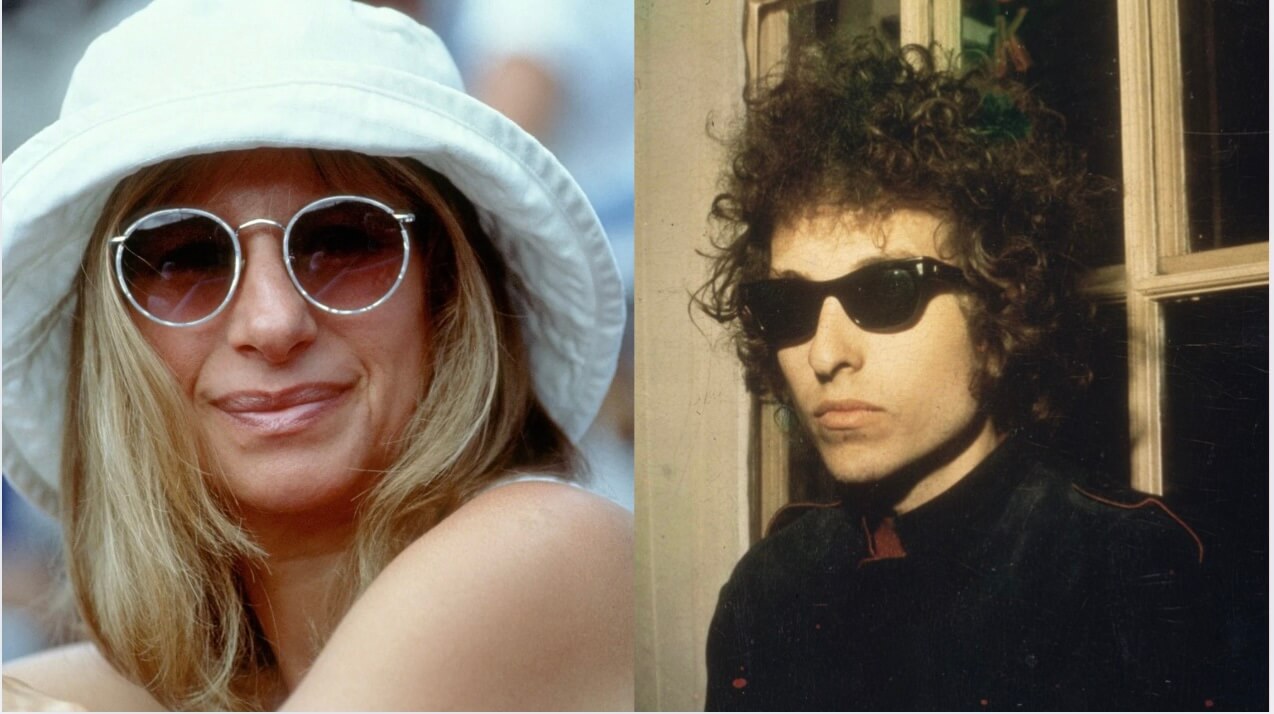
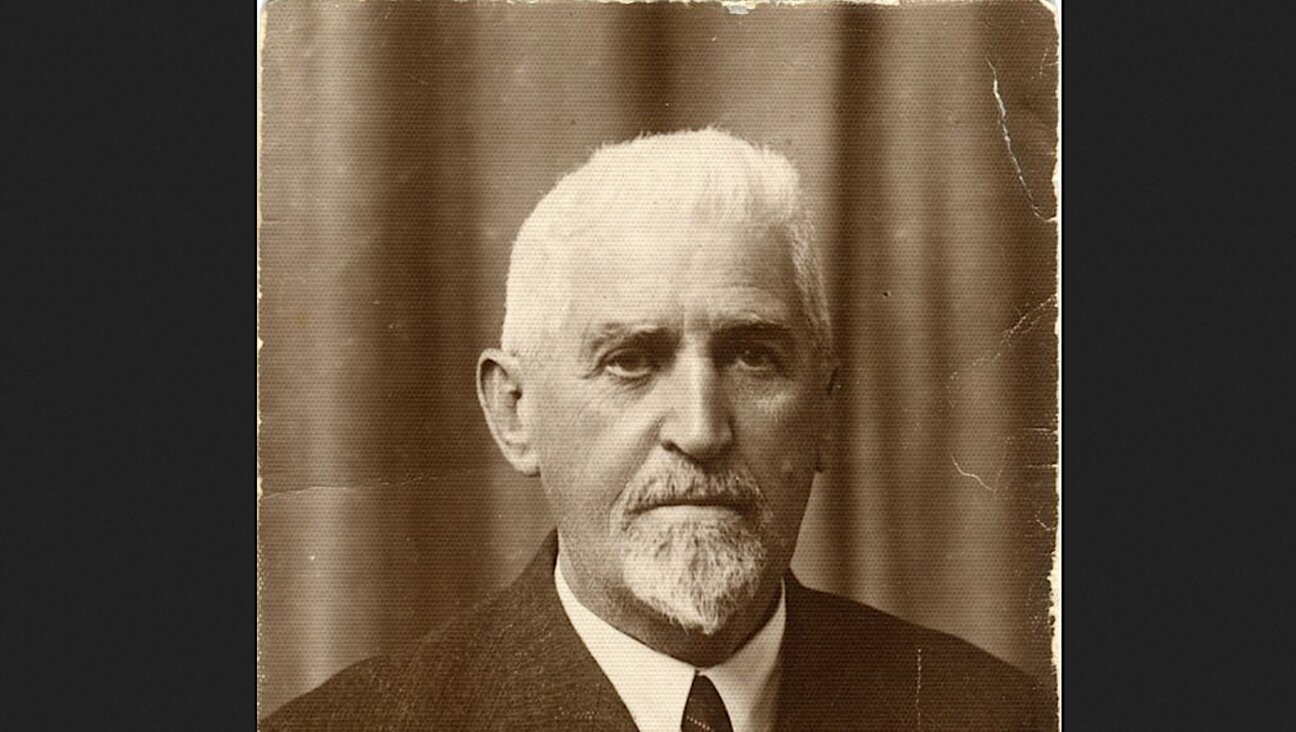
די ווילנער דאָקטוירים יעקבֿ וויגאָדסקי און צמח שאַבאַד זענען אויך געווען געזעלשאַפֿטלעכע טוער.
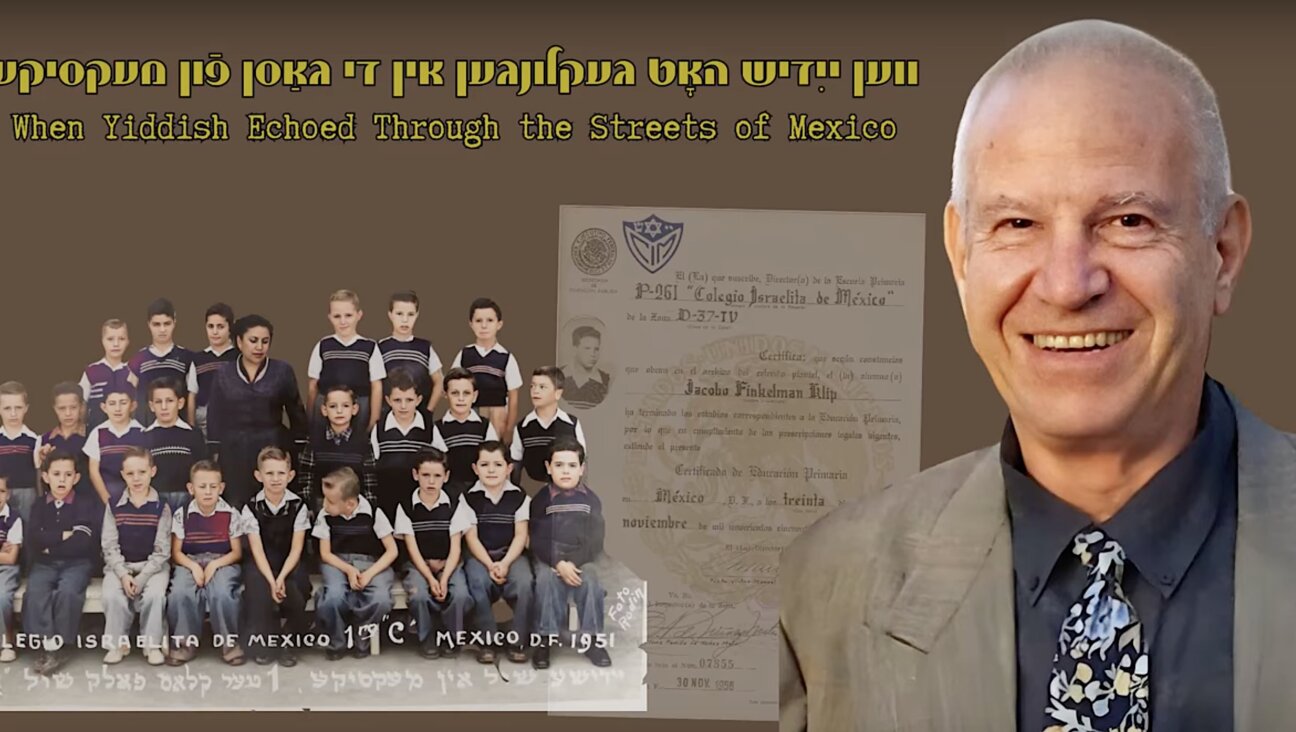
יעקבֿ פֿינקלמאַן באַשרײַבט אויך זײַן לאַנגיאָריקן פֿאַך — ווי ער האָט צוגעשטעלט וויסן אין טעלעקאָמוניקאַציע איבער דער וועלט
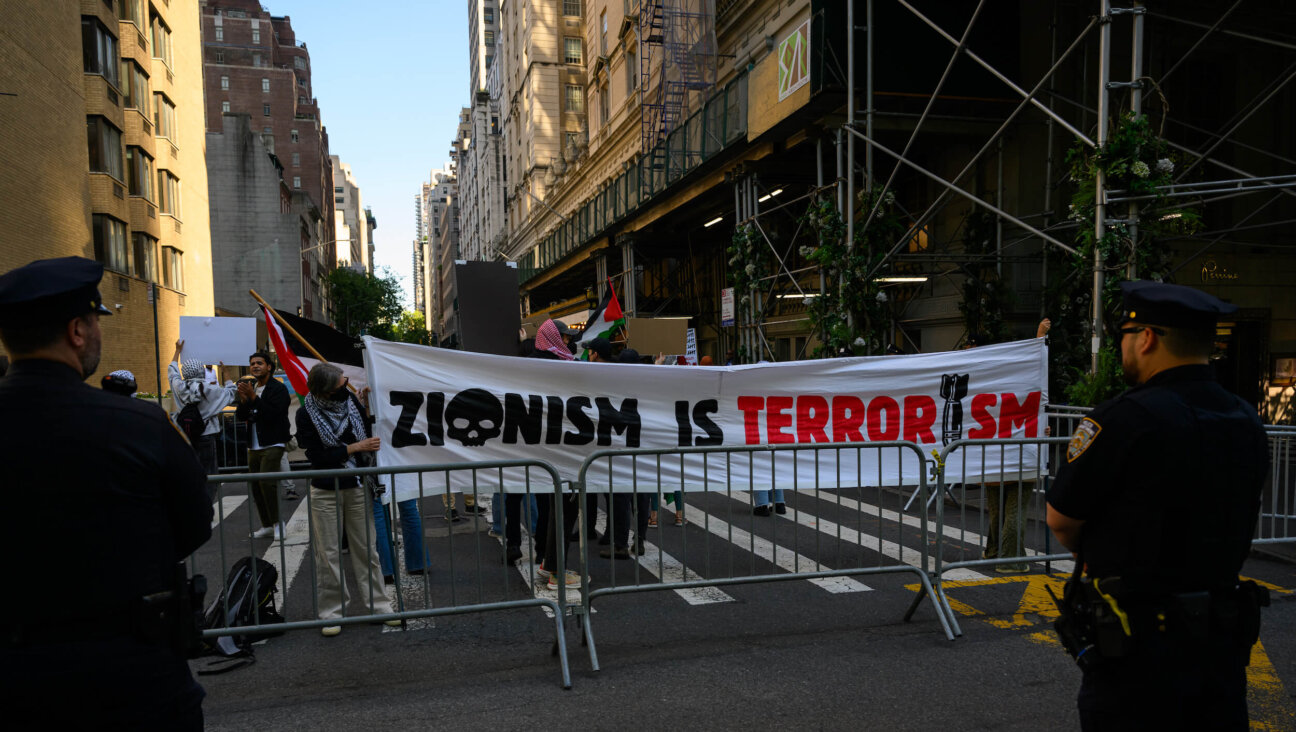
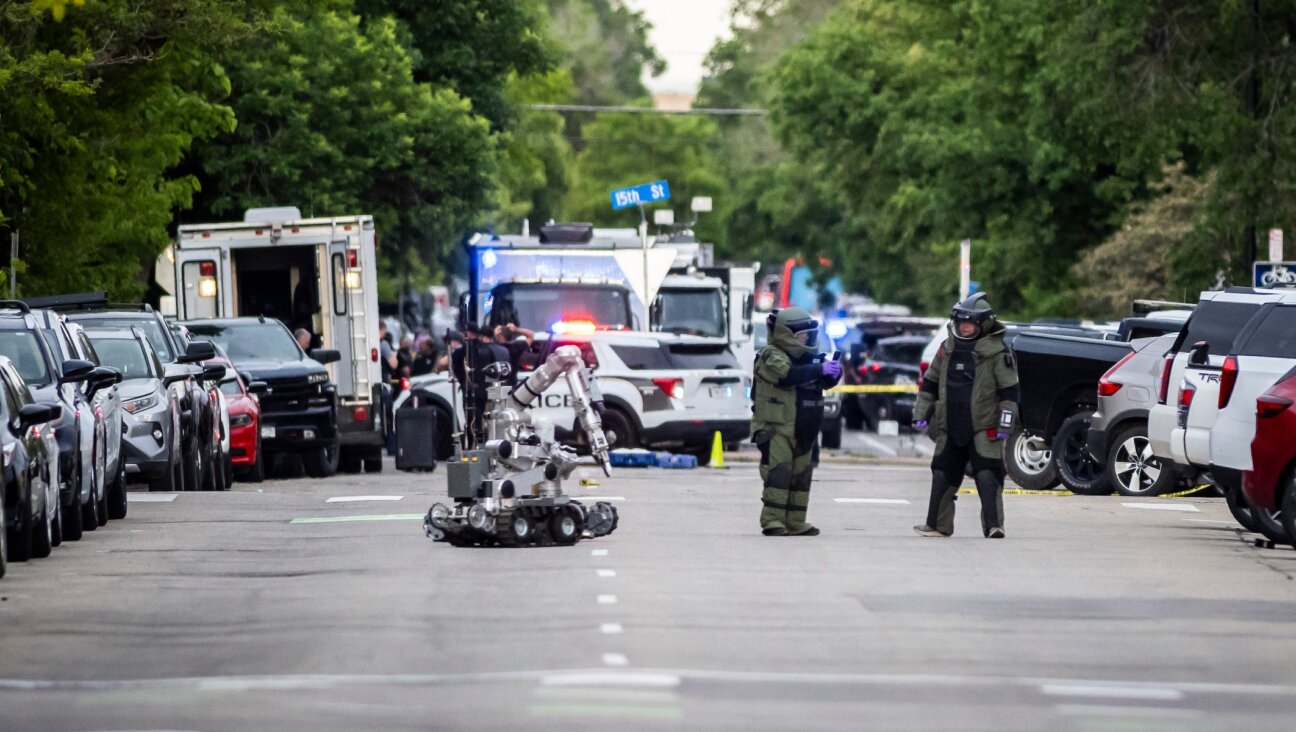
100% of profits support our journalism